
by DANIEL Y TENG – AT ONE point in modern history, Australia was a world leader in promoting individual freedom and enterprise.
The accession of Robert Menzies, who would be the country’s longest-serving prime minister, ushered in almost two decades of continued prosperity for the fledgling nation.
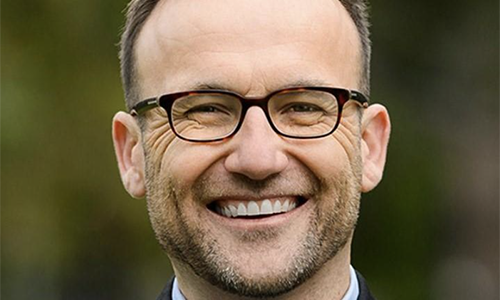
- Bandt plans to use balance of power to push a freeze and cap on rents.
- Ms Downer says Greens are “a complete repudiation of the Menzies era”.
- They want only to increase reliance on the government.

It’s this approach that Georgina Downer – daughter of former Foreign Affairs Minister Alexander Downer – says Australia must rediscover to arrest the “negative trajectory” the country has been on in recent decades.
“We had a choice as a nation in 1949. At that election, we could have continued with Labor Prime Minister Ben Chifley’s agenda of nationalisation and State control over the economy, and basically all that flows from that type of economic structure,” Ms Downer said.
CONTROL
“Menzies centre-Right Liberals offered a very different outlook, one very much focused on each individual – and the businesses they created – to drive economic productivity and growth.”
Ms Downer is the CEO of the Robert Menzies Institute, based at the University of Melbourne, which has recently released the book, The Menzies Watershed, discussing the 1943-54 period of the Menzies Government.
During the post-war period, voters across the world faced a choice: continue with war-time “command and control” governments, or choose another path.
Many European countries, as well as the United Kingdom and the United States, ended up embracing interventionist, Keynesian-style policies that saw governments play a more direct role in shaping the economy and society – as a consequence, government budgets would steadily increase over the years, as well as taxes.
For example, in the United States President Harry S Truman largely continued the New Deal programs introduced under the Roosevelt administration.
At the same time, the UK’s Clement Atlee embarked on an ambitious nationalisation program and famously established the National Health Service (an attempt at universal healthcare).
Meanwhile, Australians faced a similar choice leading into the 1949 election, with the Chifley Labor Government proposing nationalising all private banks in the country.
During his time as leader, Ben Chifley had successfully changed the Australian Constitution to give the federal government power to implement welfare services over the States, including pensions for war widows and maternity and sickness benefits.
Chifley’s policies paved the way for Australia’s universal healthcare system (Medicare) and government funding for individual drug purchases (Pharmaceutical Benefits Scheme).
The Labor government also nationalised airline company Qantas, and the Commonwealth Bank, which would have become –if Labor had been re-elected – the central conduit for his government to run all banks in the country.
REJECTED
However, the centre-Right Liberal Party’s founder, Menzies, emerged victorious in the 1949 vote, a sign that Australians had rejected Chifley’s proposals.
“Menzies definitely saw a role for government as a civilising force,” Ms Downer said.
“But he thought, fundamentally, that private enterprise should be at the core of the economy.”
This would drive Australia in a vastly different direction to the United States and the UK.
“The UK being a really stark example,” she said.
“They had a period of real economic difficulty and poor growth, at a time when Australia in the 1950s was going through a golden age.”
“Wages were going up, disposable income was up and the unemployment rate was around three per cent.
“In one year in the 1950s, the number of unemployed people registered in South Australia was just three.”
Homeownership also increased during Menzies’ near-20 years in office.
In 1947, 49 per cent of Australians were renting compared to 53 per cent who owned their homes.
By 1966, just 29 per cent of people rented, compared to 71 per cent who owned a home.
DEFAULTS
Key policies passed by the Liberal Party were aimed at lowering the cost of housing, they included removing taxes on building materials, assisting families with paying for a deposit for their home, and providing insurance over possible mortgage defaults.
“Housing is vital to the welfare and happiness of individuals and thus to our future development as a nation,” then-Housing Minister Les Bury said.
“Without proper housing, the process of marriage and family formation, which are the very essence of Australia’s future, must be seriously impaired.” [pdf]
The debate around home ownership continues to stalk the halls of Parliament at both State and federal levels.
Massive migration numbers have contributed to soaring demand for a slice of earth, with the Australian Bureau of Statistics reporting a 550,000 net surge in new migrants last year.
At the same time, growing regulatory requirements on building new homes, as well as worker shortages, have contributed to delays in the construction of new housing.
Some sectors of society have advocated for more radical solutions.
The Greens have honed their message to target younger, renting Australians, and have called for tough rental controls, the government to build more homes for families to rent and the removal of tax breaks for landlords, including negative gearing.
“Renters are powerful, and The Greens are the Party of renters. We have won more money for housing for renters and rent control is next,” Greens leader Adam Bandt recently said.
PAIN
“I say this to [the Labor government]: if you continue to ignore renters, your political pain has just begun. There are several more significant bills on the immediate horizon where The Greens will use our position in the balance of power to push the government to address soaring rents with a freeze and cap on rents.”
Ms Downer says that vision is a complete repudiation of the Menzies-era, and would only increase reliance on the government.
“He believed it was important that if we created a nation of property owners, that we would have a nation of independent thinkers who wouldn’t be dependent on the State for their security,” she said.
Like many Western nations, Australia has also faced pressure to amend for perceived wrongs committed during the colonial era.
The most extreme example of “cancel culture” in recent months has been the removal, or vandalism, of the statues of early colonial explorer Captain James Cook, including one effigy cut off at the ankles in Melbourne’s St Kilda before Australia Day.
A situation Menzies would have taken a grim view of.
“Menzies was an absolute defender of free speech,” Ms Downer said.
“He recognised that in all societies there are tendencies towards tyranny, and a natural instinct to be intolerant of the opinions of others
“But he saw that a society with free speech should be fostered and encouraged, to get the best possible outcome in the long run.” PC


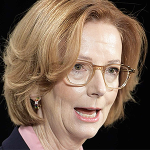

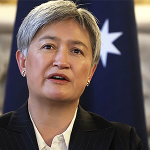
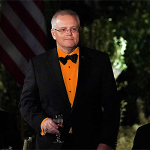
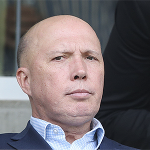


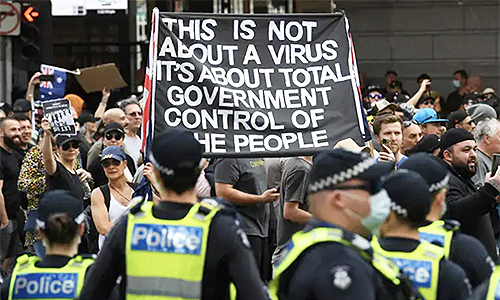
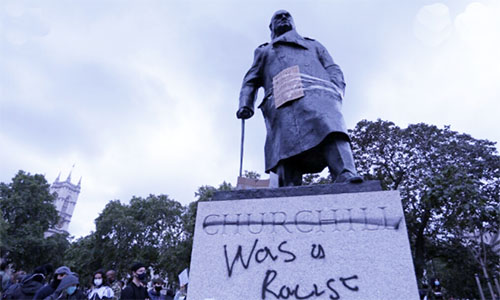
The Greens = Domestic Terrorists and The Biggest Fraudsters on the political landscape of Australia . Scum Begats Scum.
Not called Watermelons for no good reason – green outside, red centre.
Pale Green Teals maybe pink centre.
The way to deal with the pain and threat from the rental lobby is to turn them into home owners.
That’s what many of them want, but they also want property owners to give them a property or at least charge rent at below the cost of owning one.